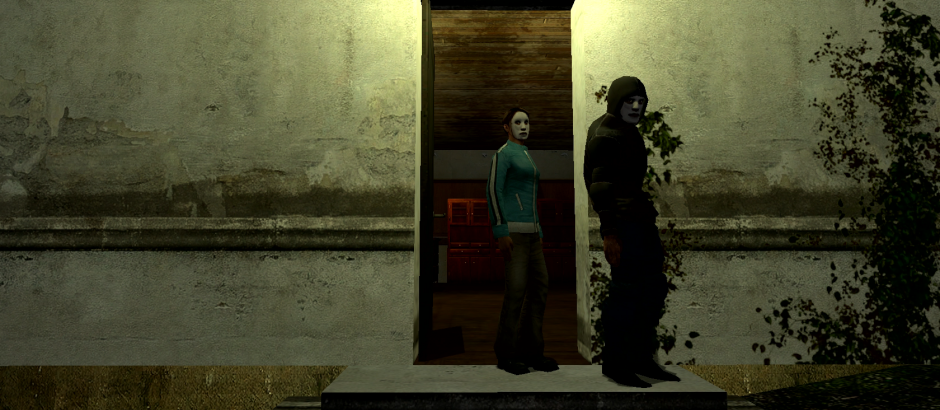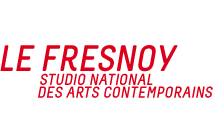-
 Tarnac. Le Chaos et la grâceJoachim Olender
Tarnac. Le Chaos et la grâceJoachim Olender
Tarnac, le chaos et la grâce-Panorama 14
-
DESCRIPTION
The Tarnac affair is not the first police plot of an anti-terrorist state. But it is the strangest in the great disproportion between the political and media outburst and the lack of proof against the «terrorists». To those who thought that the society of spectacle had dissolved politics in the sensational, the invention of terrorism showed that politics has gone beyond its aestheticization. It returns to reality in the form of banal events disguised as crimes of the State. These «non-events» punctuate a crazy story, between invisible terror exerted by those in power and fanciful abhorrent acts committed by a lawless tribe. Between the imaginary and the reality, emotions float. They are waiting for the stories that they will take as history.
In an interview, one of protagonists of the Tarnac group referred the dialectic of Guy Debord to the mystique of Simone Weil. «We used to like», she says, «the chaos and the grace»: a world in distress where gravity has exploded into chaos. Joachim Olender responds with the work he presents at the Fresnoy. He gives body to the void left by this explosion. Between video-installation and film, he imagines a black box with three equal screens jutting out. The spectator sees the images of the investigation carried out by the artist on the places of the dismissed case: snowy landscapes, warehouses, roads and railways. Images of reality: there is nothing to see. In the inside, a film is shown in a loop: it presents four sequences of «the terrorist arrest». Digital images taken from a video game. Between the two, the strange, worrying difference is the link: the same mask hides the faces. Between realistic appearance and virtual truth, the «nothing» of «the non event» finds its place. Tarnac, le chaos et la grâce makes the structurally impeccable demonstration of the way in which film can still recount the void of a world where the same balaclava means «security» and «terror».
Catherine Perret has notably written Walter Benjamin sans destin, new edition. La Lettre Volée, 2007; Les Porteurs d’ombre, ed. l’extrême Contemporain, Belin Paris, 2002; Olivier Mosset : la peinture, même, ed. Ides et Calendes, Lausanne, 2004, Catherine Perret teaches esthetics and art theory at Paris 8 University.
